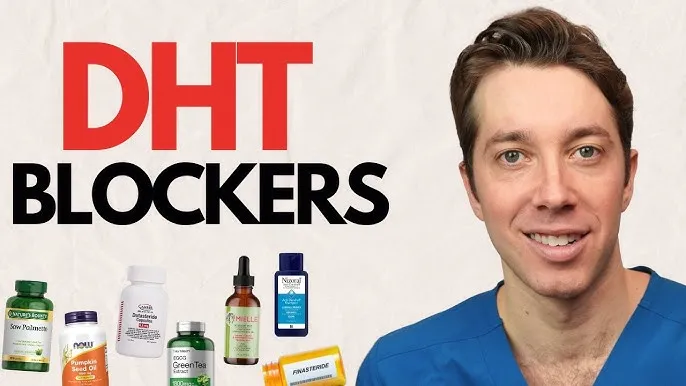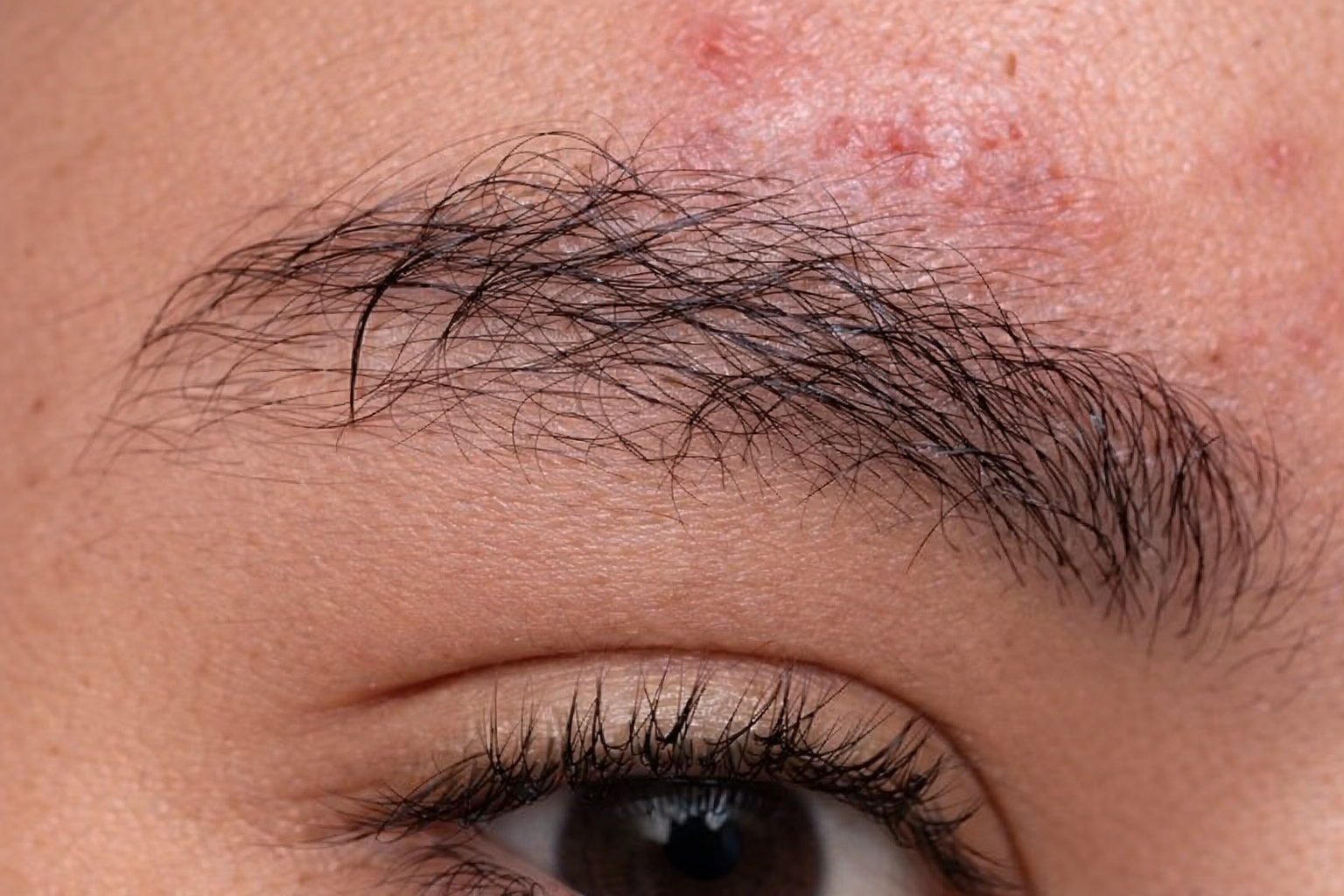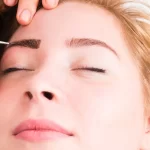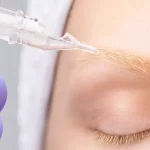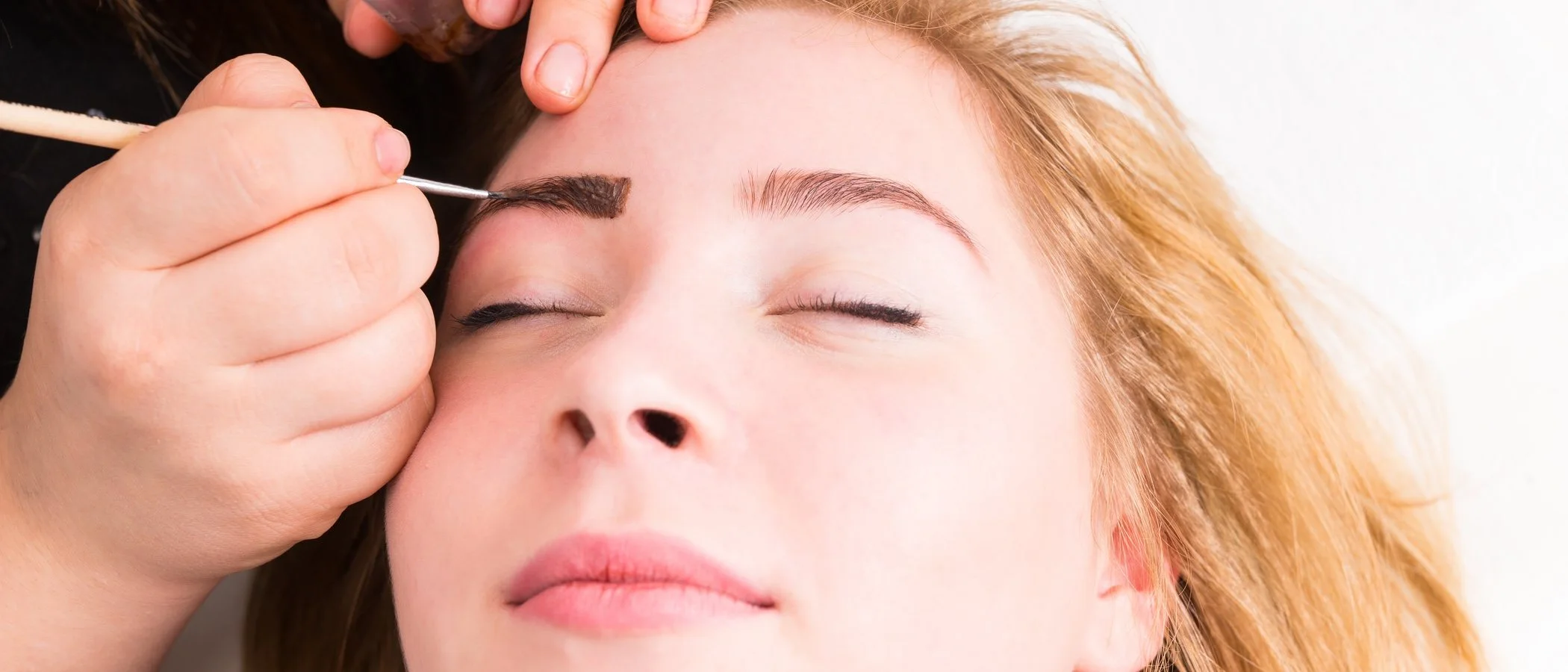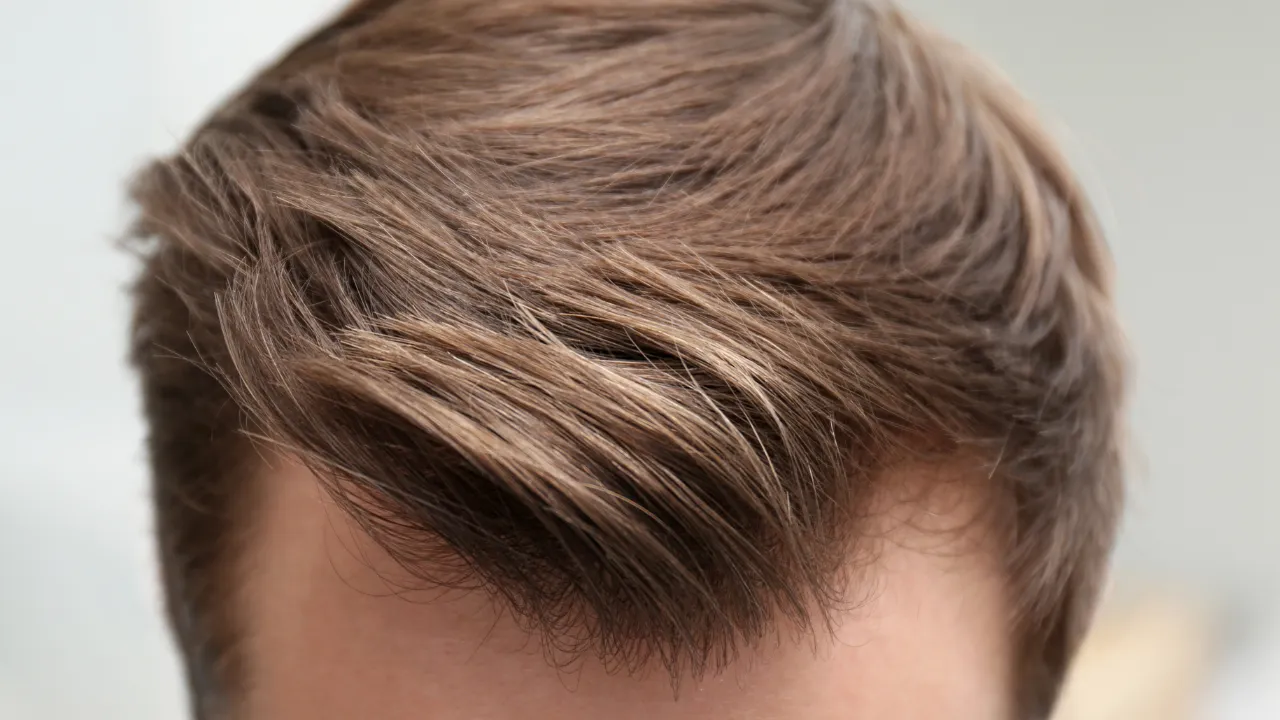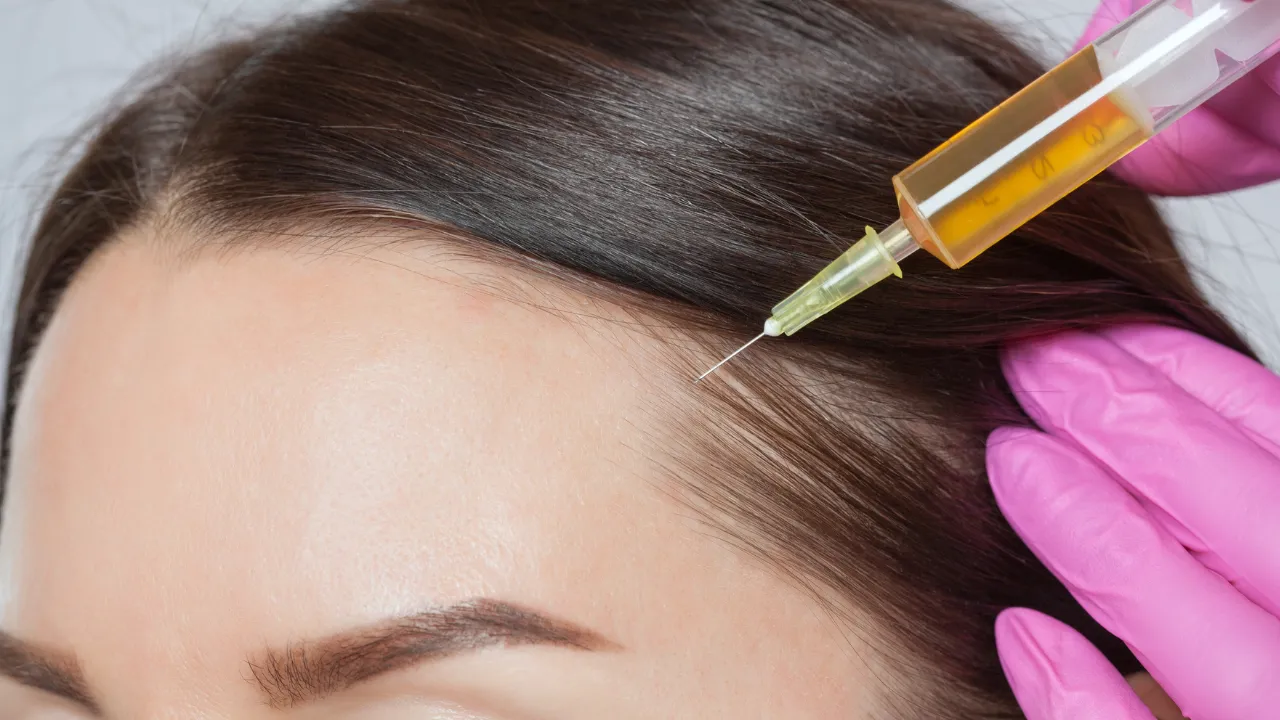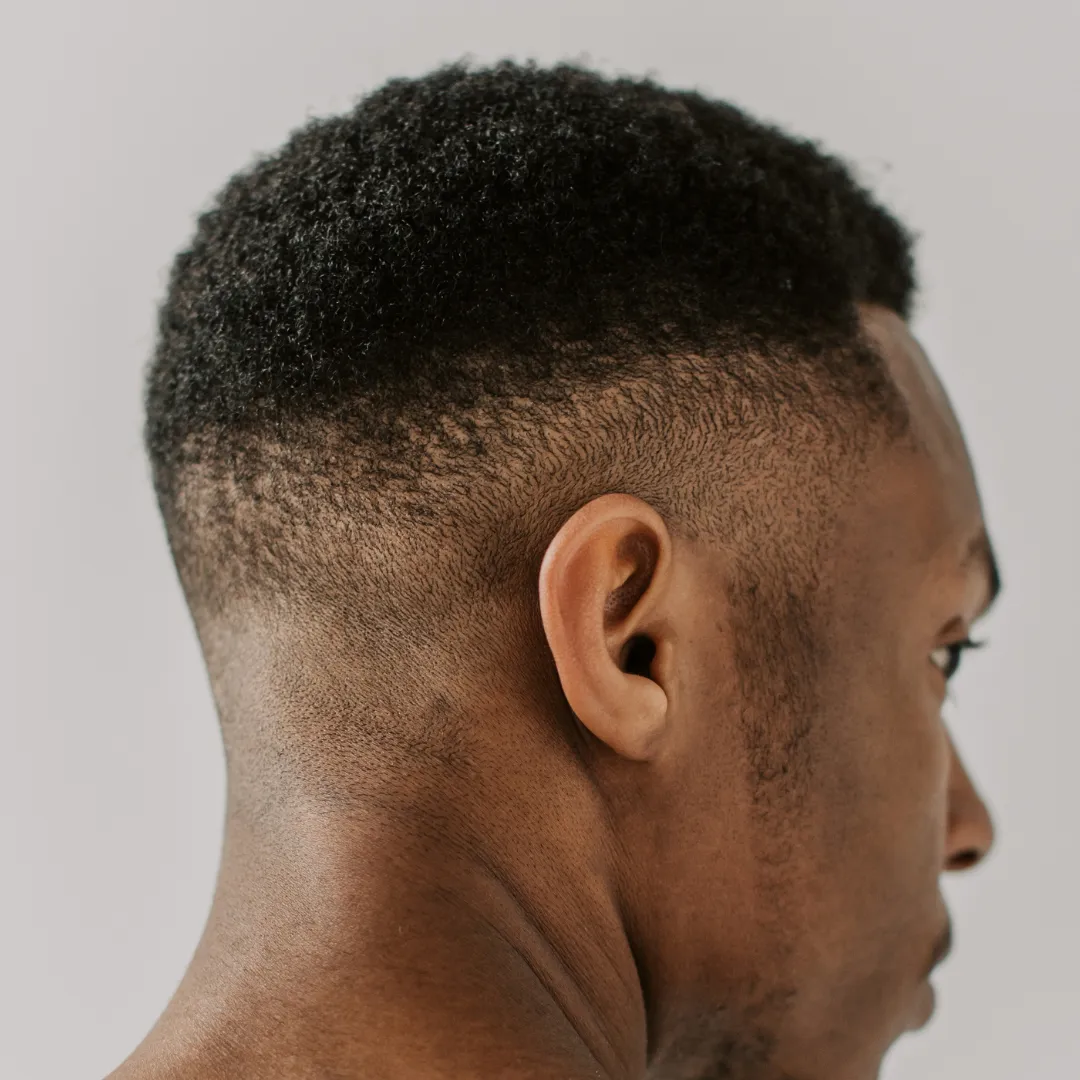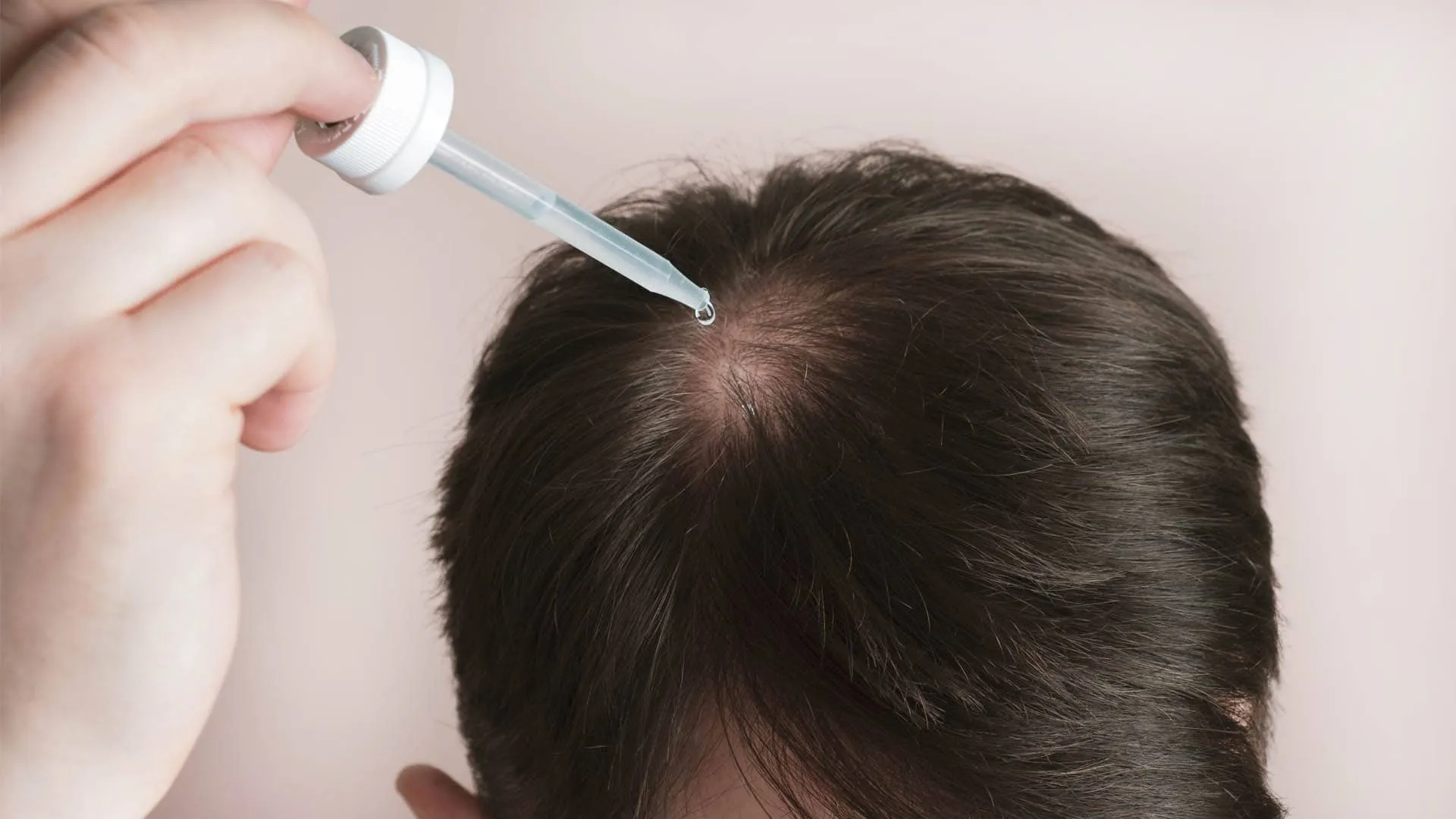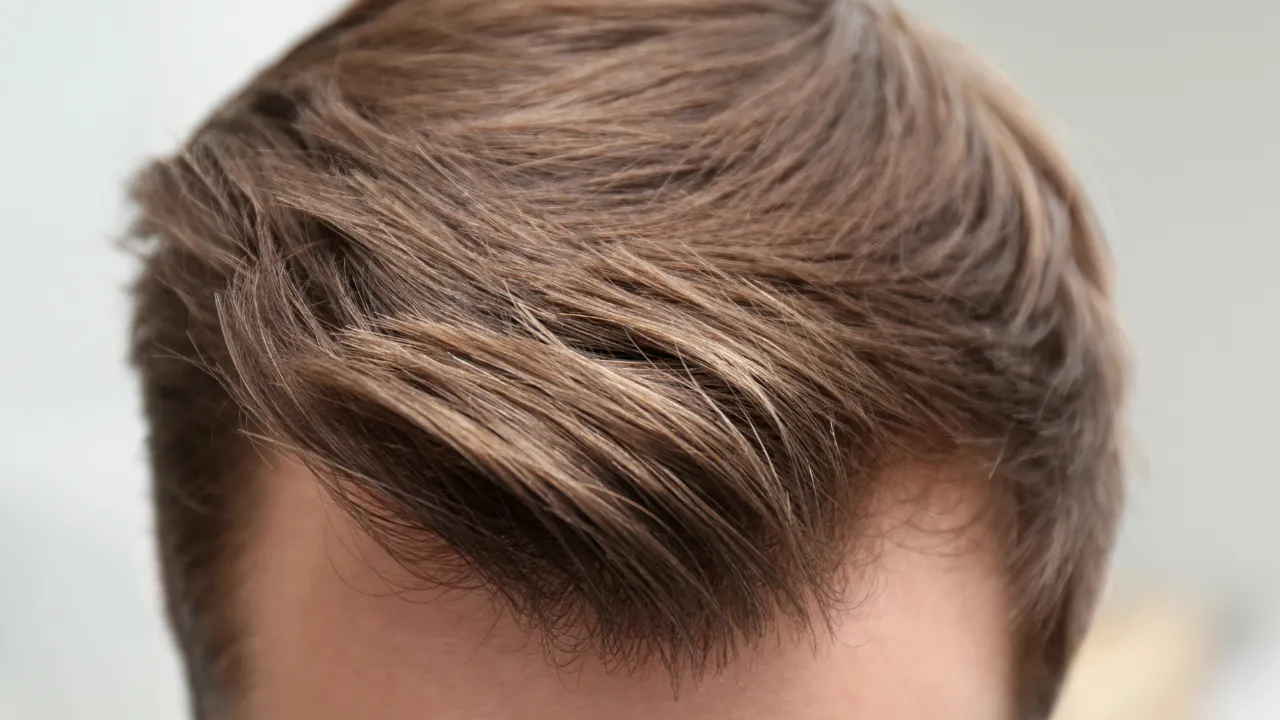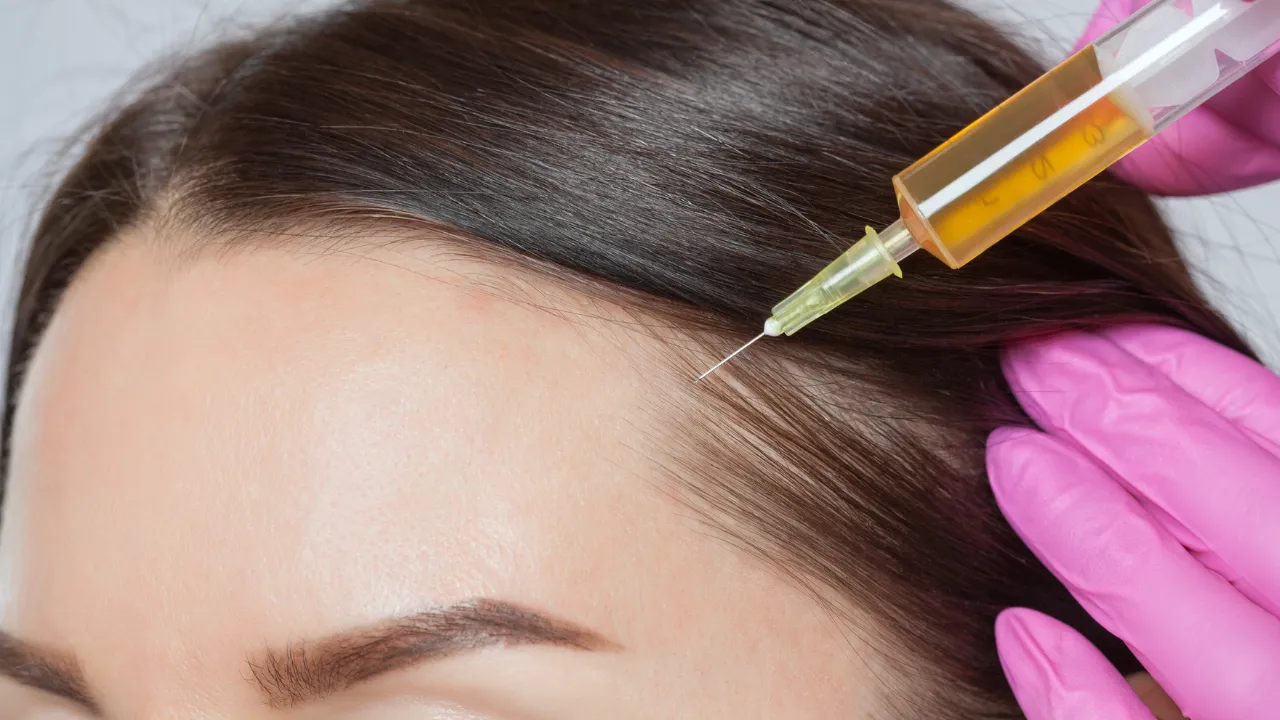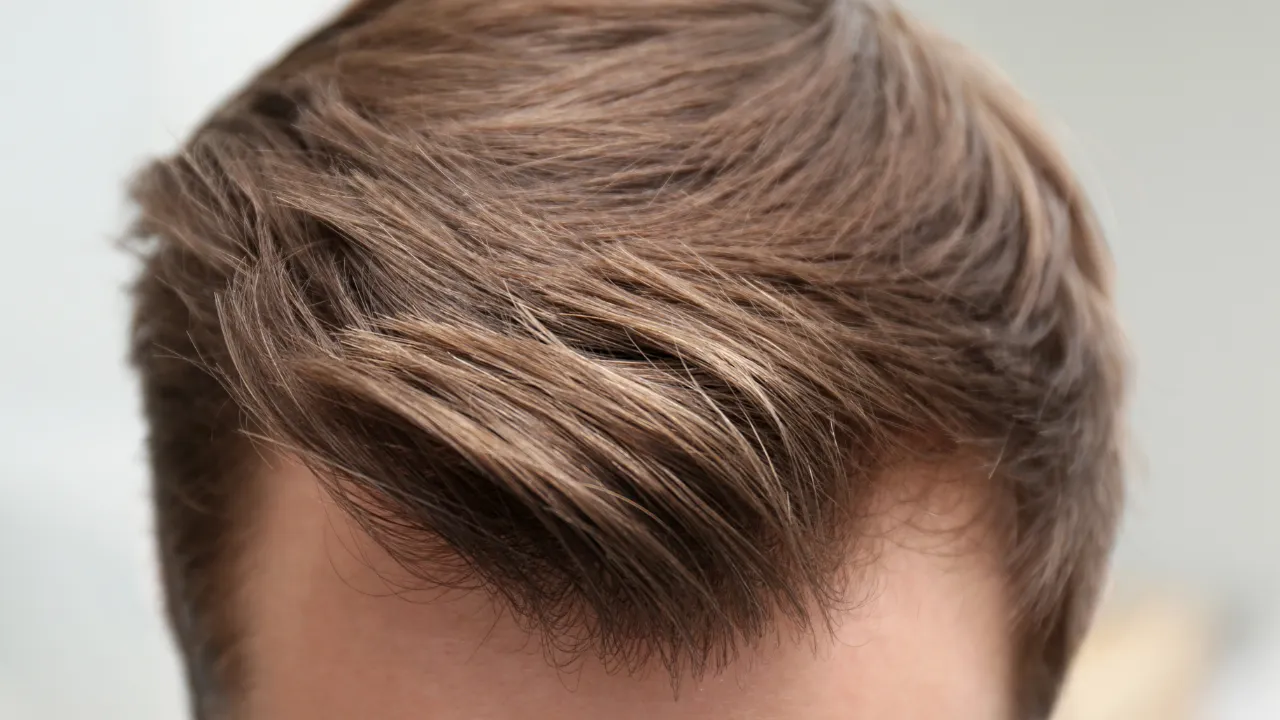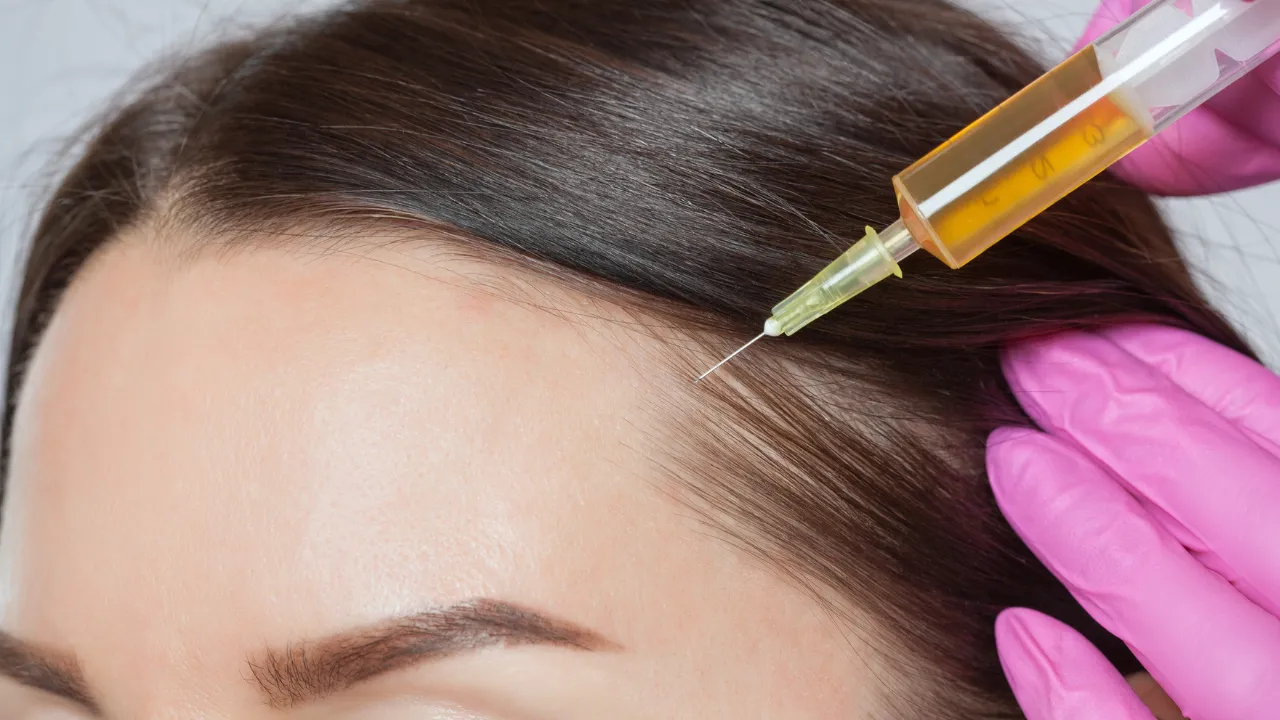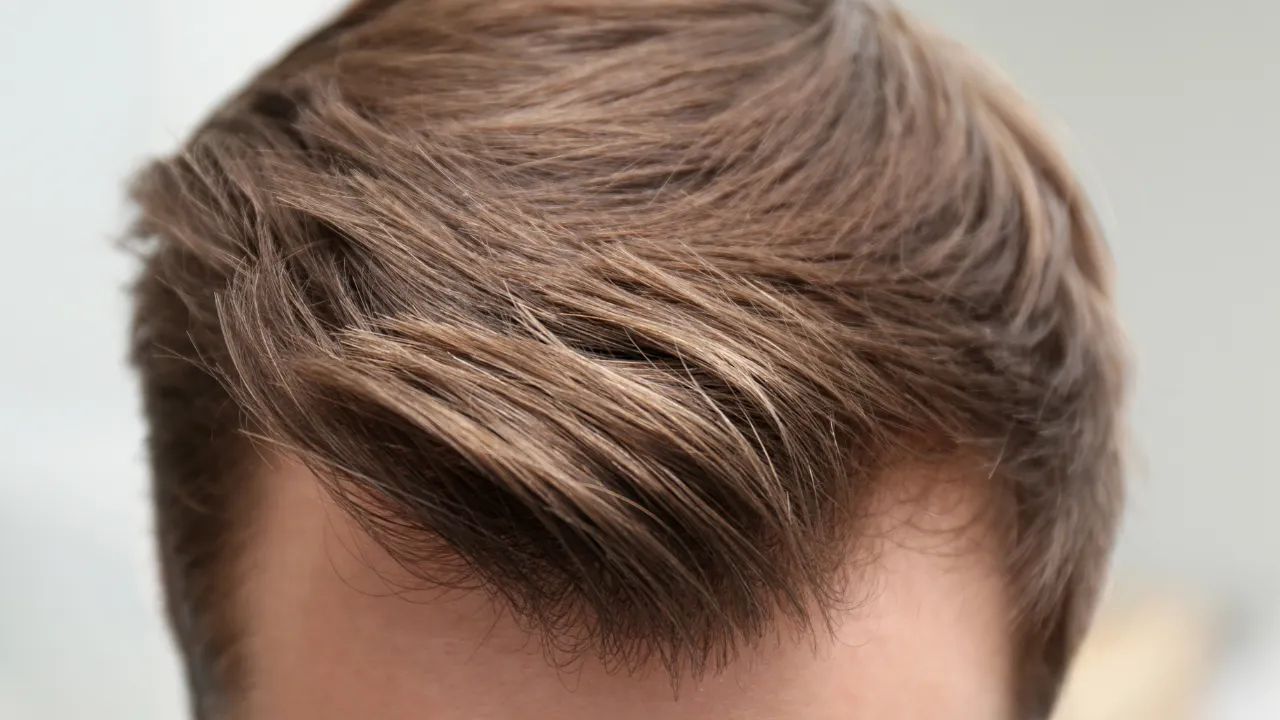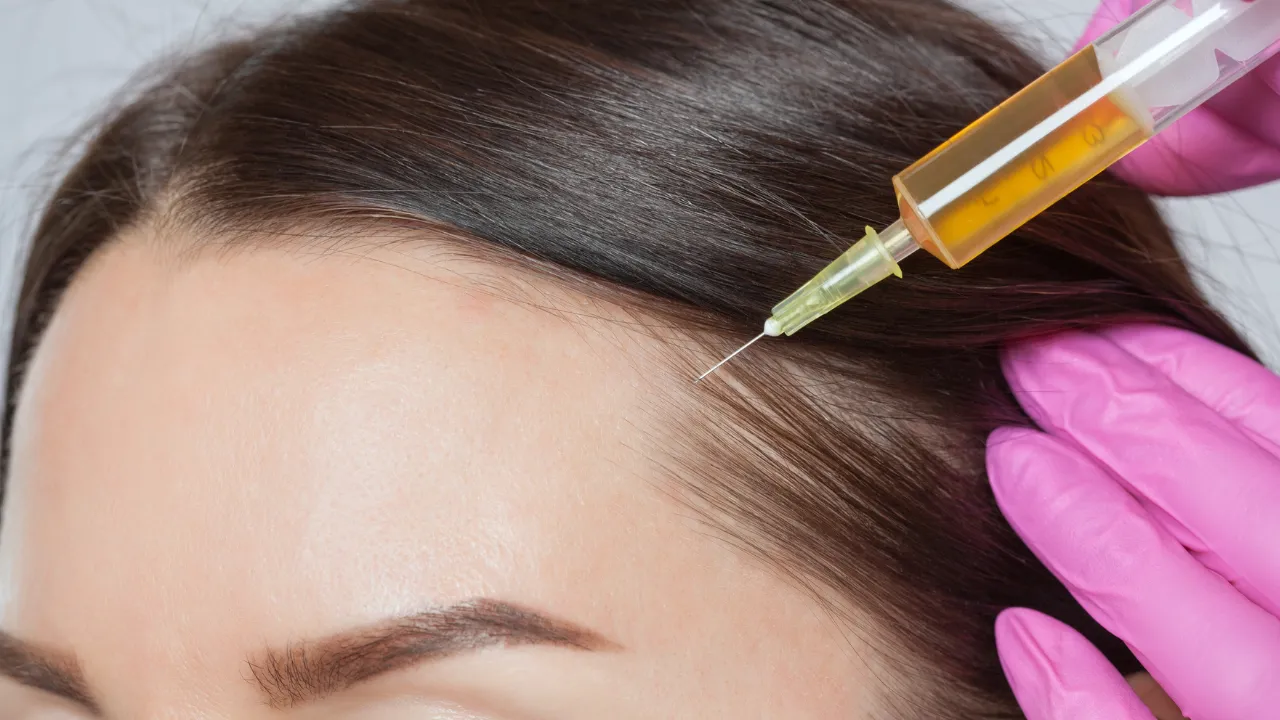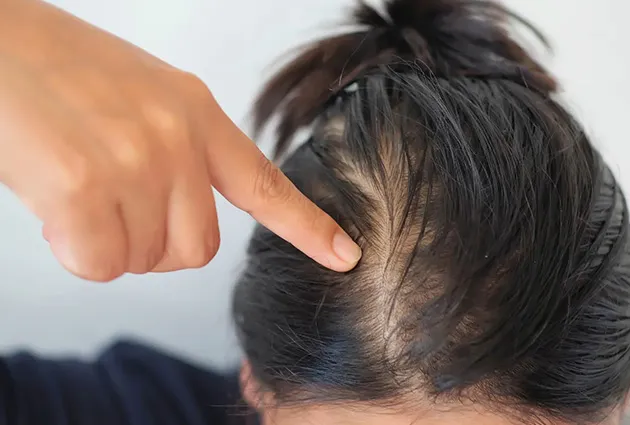Table of Contents
ToggleWhen we talk about hair health, we often hear the term “DHT blocker.” But what is a DHT blocker exactly? DHT stands for dihydrotestosterone, a hormone created by the conversion of testosterone in the body. A DHT blocker is any substance or product that helps slow or stop DHT from attaching to hair follicles.
When you reduce DHT’s harmful effects, you may experience better hair growth and less shedding. Because dihydrotestosterone can damage the hair follicle, blocking DHT can be a valuable hair loss treatment, especially for people experiencing male pattern hair loss or androgenetic alopecia.
Testosterone vs DHT
Understanding testosterone vs DHT is crucial if you want to know why DHT blockers matter. Testosterone supports many functions in your body, such as muscle mass and bone density. However, testosterone can turn into dihydrotestosterone through an enzyme called 5-alpha reductase.
DHT is more potent than testosterone and plays a big role in male pattern baldness. This conversion process is natural, but when too much DHT builds up around hair follicles, it weakens them, eventually leading to thinning or loss. That’s why many experts recommend DHT blockers to preserve healthy strands.
Do DHT Blockers Work?
You might wonder, do DHT blockers work or is it just hype? Evidence suggests that many people see benefits when they use DHT blockers consistently. Clinical research shows that interfering with the conversion of testosterone into DHT can help slow hair thinning.
However, results vary. Some people experience a noticeable improvement in hair regrowth, while others see reduced shedding. It often depends on the type of DHT blocker, your genetic makeup, and your daily habits.
What Does Blocking DHT Do?
Blocking DHT prevents the excess of this hormone from attaching to hair follicles. When you reduce DHT, you may notice less overall shedding and potential for hair regrowth. You also lessen the chances of further damage to existing follicles. This approach can be an important part of your routine if you’re serious about combatting male pattern baldness or androgenetic alopecia.
While some people experience positive changes after a few months, others need longer to see results. Combining DHT blockers with stress management and a healthy lifestyle often yields the best outcome.
Feel free to learn all about DHT blockers through our comprehensive video:
DHT Blockers and Testosterone
We sometimes worry that blocking DHT might affect our broader hormone levels. After all, DHT emerges from testosterone. Yet most DHT blockers limit the conversion of testosterone into DHT without drastically lowering total testosterone. By slowing the action of 5-alpha reductase, you reduce DHT’s impact on hair follicles while preserving many benefits of testosterone, such as supporting muscle mass.
Do DHT Blockers Lower Testosterone?
A common question is: do dht blockers lower testosterone? In most cases, they do not reduce overall testosterone significantly. They simply limit how much testosterone changes into DHT.
Some individuals even experience stable or slightly increased levels of free testosterone because it’s no longer being converted. That said, we recommend staying informed and speaking with a medical professional if you have concerns about your hormonal balance.
What Medication Can Suppress DHT When on TRT?
If you’re using testosterone replacement therapy (TRT) to improve hormone levels, you might wonder, what medication can suppress DHT when on TRT? When your body absorbs extra testosterone, it can create more dihydrotestosterone (DHT) through the 5-alpha reductase enzyme. This increase in DHT may speed up hair loss if you’re prone to male pattern hair loss.
Common prescriptions for controlling DHT on TRT include finasteride and dutasteride. These medications work by blocking 5-alpha reductase, which lowers DHT levels and can reduce hair thinning. While this approach often helps preserve hair, some people experience side effects, such as sexual dysfunction or mood changes.
Because these drugs affect hormone balance, it’s essential to talk with a healthcare provider before adding or changing any medication. A professional can help you weigh potential benefits, track clinical trials if available, and tailor your TRT plan to maintain both muscle mass and healthy hair growth.
Take a look at our video comparing these two popular hair loss medications:
DHT Blocker Options
Today, you can find many DHT-blocking solutions that range from prescription products to natural dht blockers. Each choice may help with hair regrowth and overall hair wellness.
DHT Blocker for Men
A popular DHT blocker for men is finasteride. This medication has been tested in clinical trials and is known to decrease DHT levels by targeting 5-alpha reductase. Topical solutions like foams or serums also aim to reduce DHT at the scalp level, helping to protect hair follicles. These can be great additions to a broader hair loss treatment plan.
What is a DHT Blocker for Women?
Women who deal with androgenetic alopecia can also benefit from DHT blockers like Spironolactone, which blocks androgen sex hormones and encourages hair growth. Because it functions as a diuretic, spironolactone can influence kidney function. Therefore, it is important to inform your healthcare provider of any preexisting conditions, particularly those involving the kidneys.
DHT blocker side effects on females may include hormonal imbalances, mood swings, or changes in menstrual cycles, especially when using prescription options. Women with a personal or family history of breast cancer are also advised against it.
Although finasteride is generally regarded as safe for men, it has not been thoroughly investigated in women. Pregnant individuals should avoid it due to the risk of feminizing a male fetus. Furthermore, those with a personal or family history of breast cancer are advised against using finasteride .
Some also explore natural DHT blockers containing ingredients like saw palmetto or pumpkin seed oil. Because women have a unique hormonal balance, we suggest speaking with a healthcare professional for personalized advice.
Check out our video on Saw Palmetto for Hair Loss:
What is a DHT Blocker Shampoo?
If you prefer a simple approach, consider a shampoo that includes DHT-blocking ingredients. These products often use compounds like ketoconazole or saw palmetto to help clear excess DHT from the scalp. Over time, shampoo-based treatments may boost hair density and support steady hair growth, though they usually work best when combined with other methods.
What is a DHT Inhibitor?
A DHT inhibitor is any agent that stops or slows 5-alpha reductase from creating dihydrotestosterone. By lowering DHT levels, these DHT inhibitors may protect hair follicles from damage and support hair regrowth over time. In some cases, people choose a combination of prescription blockers and topical inhibitors for a balanced plan.
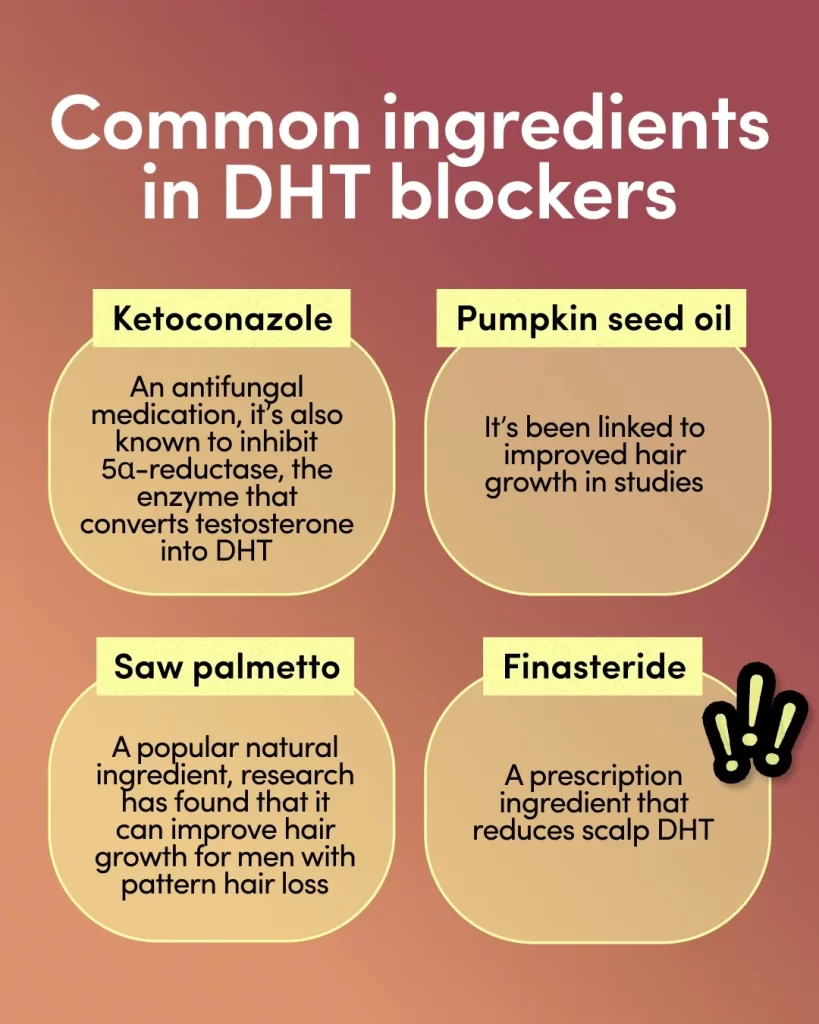
What is a Natural DHT Blocker?
If you prefer a gentle approach, look into natural DHT blockers. Examples include extracts like green tea, pumpkin seed oil, and saw palmetto. These substances may help ease DHT’s impact on your scalp without the potential for strong medication side effects. For many of us, natural solutions are a comfortable starting point, especially if we’re cautious about chemical or pharmaceutical treatments.
What Are DHT Blocker Side Effects?
When you alter hormone activity, you might experience some side effects. For instance, people on prescription DHT blockers sometimes report sexual dysfunction, decreased libido, or erectile dysfunction. That’s because hormones can affect various bodily processes. However, not everyone experiences these issues.
Most people tolerate DHT blockers well, especially if they follow medical advice and monitor how they feel. If you notice persistent changes in mood or sexual health, talk with a doctor about adjusting your dosage or exploring alternative treatments.
Other Key Points to Consider
- Hair Transplant: For advanced male pattern baldness, a hair transplant can be a powerful solution. While DHT blockers help preserve hair, a transplant can restore areas where follicles no longer grow.
- Clinical Trials: Many DHT-blocking medications have gone through extensive clinical trials to evaluate safety and effectiveness. Always check reputable sources or talk to professionals when exploring new options.
- Sexual Dysfunction: If you’re concerned about sexual dysfunction or erectile dysfunction while taking a DHT blocker, have an open conversation with a healthcare provider. They can guide you toward the best strategy for your hair and overall health.
- Lifestyle Habits: Sometimes, making changes in diet or managing stress can improve results. Eating protein-rich foods and getting enough vitamins can support hair follicle function.
- When to Seek Help: If you see rapid hair thinning or have questions about your treatment plan, consult a specialist. Early interventions can lead to better outcomes.
Putting it All Together
At this point, you know the basics of DHT and how it affects your hair. You also understand that a DHT blocker—whether prescription or natural—can play a key role in preserving and encouraging hair regrowth. We encourage you to keep an eye on side effects, and if you’re considering a hair transplant or other advanced treatment, consult a qualified professional.
Remember, each journey is unique. What works for someone else may not be the perfect fit for you. Take time to research, check out clinical trials where available, and always keep your personal health profile in mind. By understanding how dihydrotestosterone dht impacts your body and exploring the variety of DHT blockers on the market, you can make more informed decisions.
We hope this guide helps you feel confident about finding the best hair loss treatment plan, whether that includes natural dht blockers, medical prescriptions, or even combining them with lifestyle changes. With the right approach, you can stay proactive and maintain the healthiest hair possible.
For those dealing with hair thinning or similar concerns. Consider speaking with Dr. Kopelman. This father-son team has more than 35 years of experience in hair restoration.
They focus on personalized treatments for every client. Dr. Kopelman’s expertise can help you find the right solution tailored to your unique needs. Schedule a consultation today to explore your options and take the first step towards achieving your hair goals.


